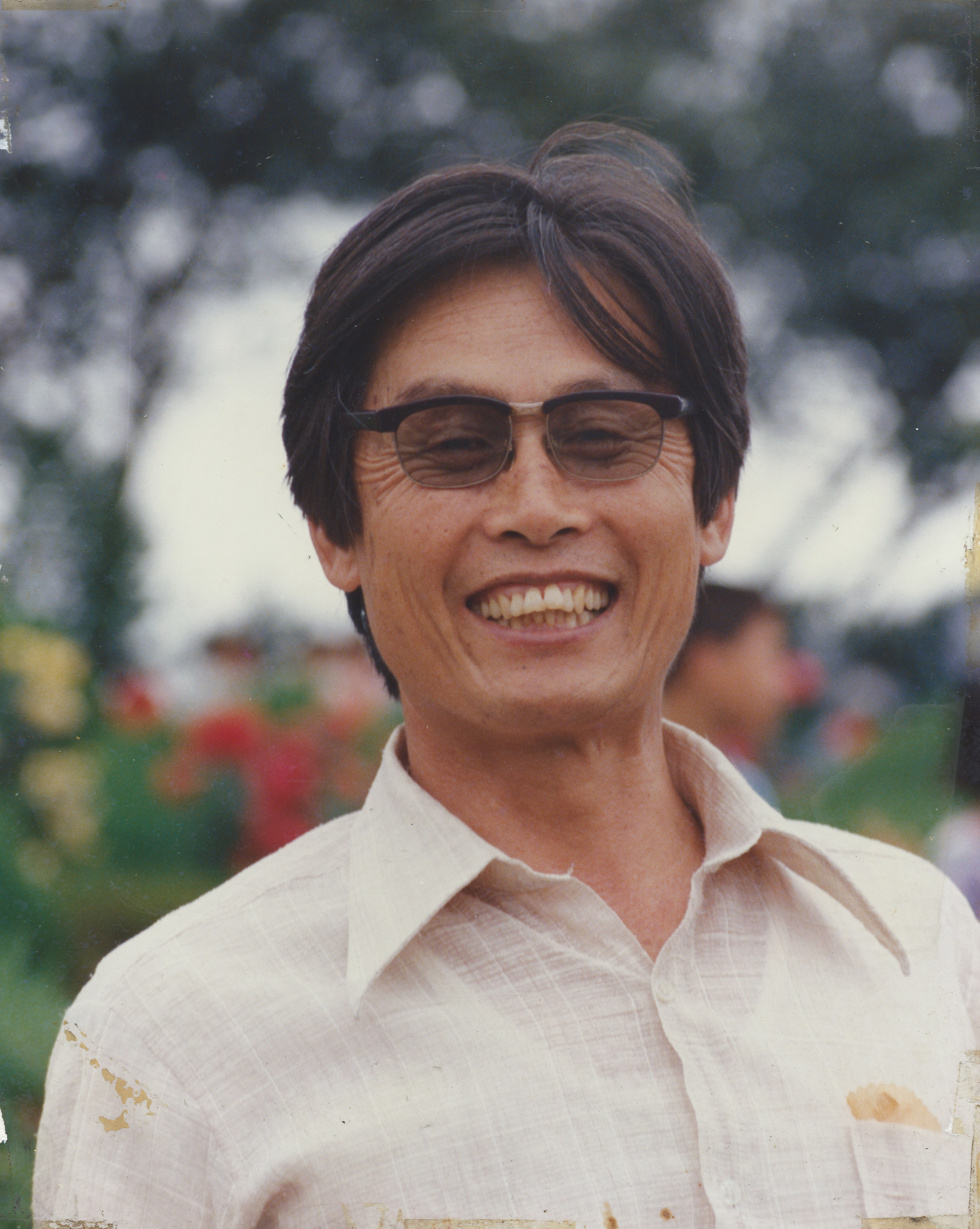반응형
아바쿽키 인디안 보딩스쿨 자료를 보다보니 속이 느글거렸습니다. 마치 일제시대 칼차고 군복입은 보통학교 선생들이 조선말을 금지한체 일본식으로 교육하던 사진들이 떠올랐습니다. 뉴멕시코의 인디언들은 1600년대부터 천주교를 앞세운 스페인의 침략을 받아 위대한 인디언문명을 침탈당했습니다. 마치 신식민주의 시대에 개신교를 앞세운것처럼 천주교의 잔악함은 소름이 끼칩니다. 그런데 … 그런데 … 미국의 서부개척은 인디언의 혈통까지 말살을 시켜버렸습니다. 100% 순종 인디언은 북미지역에서는 사라져버렸습니다. 미국전역의 인디언들은 연방정부 통계상으로도 극빈층을 찾이합니다. 그 와중에 만난 인디언들이 나보고 꼭 자기 삼촌 닮았다고 친근감을 표시합니다.
.
Albuquerque Indian School (AIS) was a Native American boarding school in Albuquerque, New Mexico, which operated from 1881 to 1981. It was one of the oldest and largest off-reservation boarding schools in the United States. For most of its history it was run by the Bureau of Indian Affairs (BIA). Like other government boarding schools, AIS was modeled after the Carlisle Indian Industrial School, using strict military-style discipline to strip students of their native identity and assimilate them into white American culture. The curriculum focused on literacy and vocational skills, with field work components on farms or railroads for boys and as domestic help for girls. In the 1930s, as the philosophy around Indian education changed, the school shifted away from the military approach and offered more training in traditional crafts like pottery, weaving, and silversmithing.
.
The Indian Pueblo Cultural Center, located in Albuquerque, is owned and operated by the 19 Indian Pueblos of New Mexico and dedicated to the preservation and perpetuation of Pueblo Indian Culture, History and Art. The Indian Pueblo Cultural Center is a non-profit that opened in August, 1976, to showcase the history and accomplishments of the Pueblo people, from Pre-Columbian to current time.
"To preserve and perpetuate Pueblo culture and to advance understanding by presenting with dignity and respect, the accomplishments and evolving history of the Puebloan peoples of New Mexico."
The center includes a 10,000 sq ft (1,000 m2) museum of the authentic history and artifacts of traditional Pueblo cultures and their contemporary art. To celebrate the 40th anniversary of the center, an exhibit titled "We are of This Place: The Pueblo Story" opened on April 2, 2016. The permanent exhibit highlights the creativity and adaptation which made possible the survival, diversity and achievements of each of the 19 Pueblos. The center also includes a small, changing exhibit that highlights the work of living traditional and contemporary artists. Traditional Indian dances and artist demonstrations are open to the public on Saturday and Sunday.
In 2022, the center featured an exhibition titled, Pivot, featuring painted skateboard decks created by younger Native artists. Also in 2022, the center received a $100,000 grant from the National Endowment for the Arts to fund new staff positions, and allow the institution to devote more of their resources to public programming.
.
+++

























































































































































































































반응형
